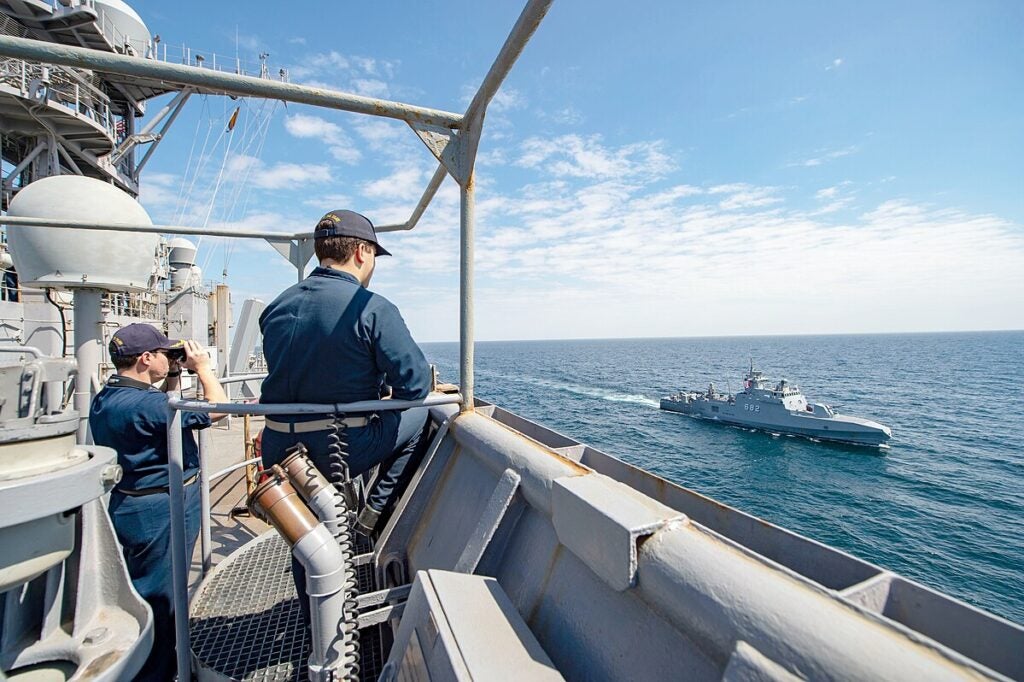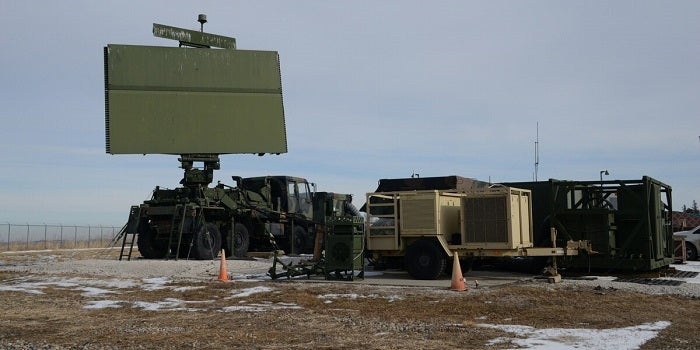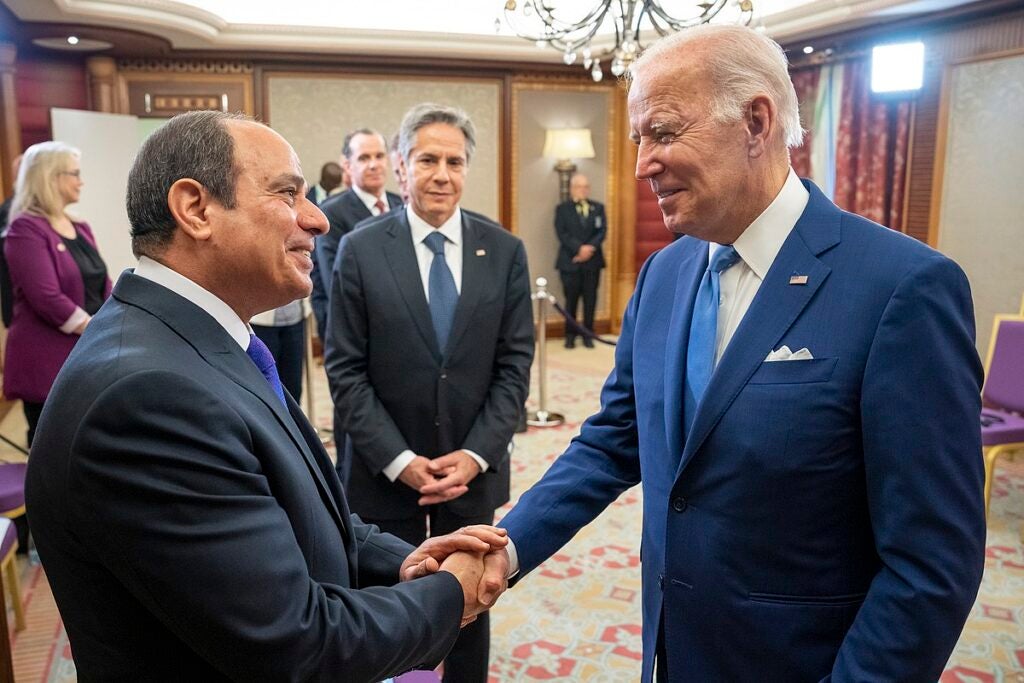$929 Million Arms Deal: U.S. Supports Egypt’s Naval and Air Defense Upgrades
On February 4, the U.S. State Department approved two significant arms sales to Egypt totaling approximately $929 million, further strengthening the growing military ties between the two countries despite concerns over ongoing human rights abuses by the government of President Abdel Fattah El-Sisi.
According to the U.S. Defense Security Cooperation Agency (DSCA), the deals, which aim to strengthen Cairo’s defense capabilities and improve regional security, include a $625 million upgrade for the Egyptian Navy’s Fast Missile Crafts [FMC] and the purchase of AN/TPS-78 long-range radar systems worth approximately $304 million.
The modernization to be carried out under Lockheed Martin’s prime contractors will include the installation of COMBATSS-21 combat management systems on Egypt’s four fast missile craft. Additionally, it will cover the upgrade of air and surface surveillance radars, electronic warfare systems, electro-optical and infrared sensors, communications intelligence systems, fire control radar systems, and 76mm guns.

The FMC, known as the Ambassador MK III or Ezzat class, are small warships built for the Egyptian Navy by VT Halter Marine. The program, launched in the early 2000s, has a total cost of $1.29 billion and includes the construction of four ships. Egypt commissioned the first vessel of this class, S. Ezzat, in 2013, followed by the second, F. Zekry, later that year. The remaining two ships, M. Fahmy and A. Gad arrived on the Mediterranean coast in 2015 and entered service with the Navy.

The second agreement concerns the AN/TPS-78 Long Range Radar systems, which will enhance Egypt’s ability to detect various air threats and increase its capability to deal with current and future threats. In addition to radar systems, the package includes KIV-78 cryptographic equipment, Global Positioning System (GPS) equipment including Selective Availability and Anti-Spoofing Modules (SAASM), spare and repair parts, software and software support, and personnel training.
Northrop Grumman’s AN/TPS-78 is a long-range air surveillance radar operating in the S-band (IEEE) or E/F band (NATO). Its advanced automatic detection and tracking algorithms enable it to track a wide range of targets, from slow-moving targets such as unmanned aerial vehicles and warships to tactical ballistic missiles. The radar system has a range of up to 444 km (240 nautical miles). Additionally, the entire system can be transported by a standard C-130 aircraft and deployed by a four-person team in less than 30 minutes.

DSCA said that both proposed sales would help enhance the security of a friendly country that is a key player in the Middle East in terms of political stability and economic growth while supporting U.S. foreign policy and national security objectives. The agency added that these sales would not affect the fundamental military balance in the region.

